
More than just consumer goods, iconic food brands serve as edible markers of place, encapsulating regional pride, economic history, and cultural identity. Every U.S. state has food brands that are more than just their actual flavors; they are also narrative vehicles for tales of social values, innovation, and tradition. The tenacity and development of these brands demonstrate how regional distinctiveness both withstands the homogenizing effects of globalization and adjusts to more general market trends.
For instance, Louisiana’s Tabasco, which has its roots in a centuries-old family terroir, contrasts with Vermont’s Ben & Jerry’s ice cream, which represents progressive social values combined with capitalist success. These culinary icons serve as crucial lenses through which to analyze more general societal changes because they allow us to map intricate social, economic, and even political dynamics layered within American gastronomy.
The Way Food Brands Inherit States in Space and Time

Numerous well-known state food brands in the United States date back to the late 19th and early 20th centuries, when mass food production and industrialization were on the rise. In addition to revolutionizing condiment preservation, Pennsylvania’s Heinz Ketchup, founded in 1876, is a symbol of immigrant entrepreneurship and industrial-era innovation. Similar to this, Quaker Oats, which first appeared in Ohio in 1891, serves as an example of early American food market consolidation tactics.
They are more than just food; they are also time capsules that connect modern consumers to earlier social realities, like the emphasis on preservation and convenience in early industrial capitalism. Their longevity serves as a constant thread through the changing food economy of America, showing how once-luxury goods became commonplace necessities that are closely linked to shifting dietary preferences and urbanization.
Culinary narratives and Regional Identity in the Development of Brands
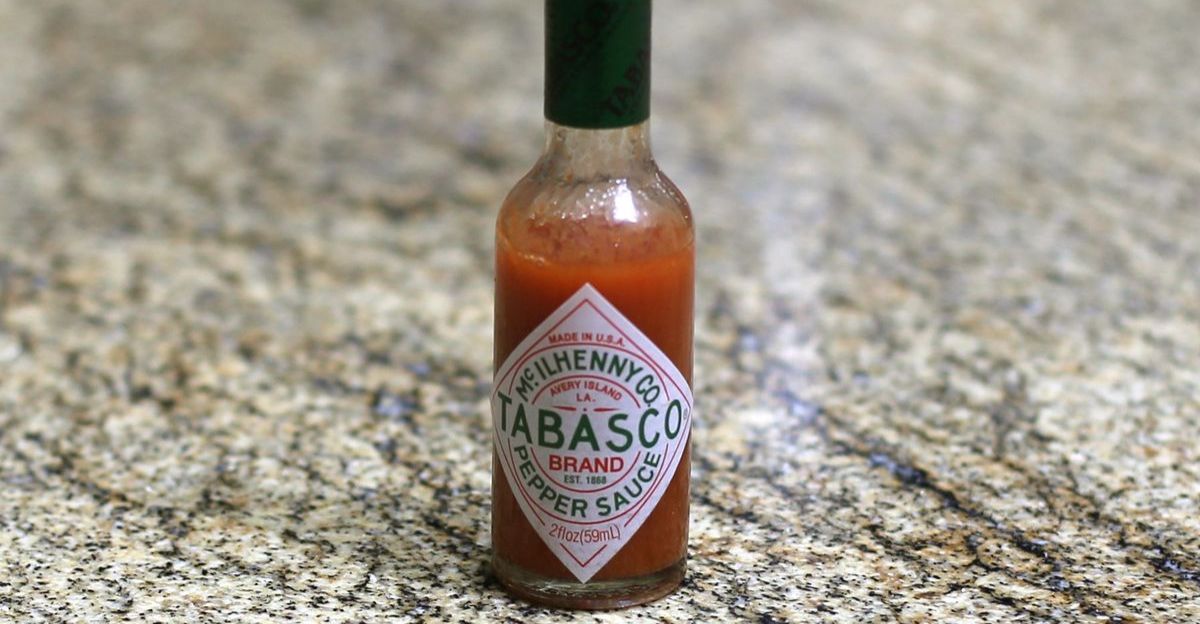
The most powerful food brands capture the regional identity and culinary story of a state. One example of the Deep South’s agricultural terroir and family-owned business resilience in the face of environmental hazards like hurricanes is Louisiana’s Tabasco sauce, which has been produced continuously on Avery Island since 1868. Tillamook in Oregon captures the freshness and cooperative economics of the Pacific Northwest by fusing local dairy pride with farmer co-op traditions.
This phenomenon undermines the generic appeal of traditional mass marketing; authenticity, a key differentiator in modern food culture, is produced by regional specificity. Additionally, it gives residents a feeling of pride and belonging, which helps a brand endure for decades as a cultural icon associated with terroir, tradition, and home.
Iconic Brands as Social Signals and Cultural Ambassadors

Iconic food brands serve as social signals for internal coherence and cultural ambassadors, projecting state identity across national boundaries. Founded by socially conscious businesspeople, Vermont’s Ben & Jerry’s ice cream has become a symbol of activism and community values that are ingrained in consumer choices. Beyond just improving product quality, the brand’s social justice and environmental messaging encourages customers to take part in stories about ethical consumption and strengthens brand loyalty.
These brands therefore function in cultural and ideological spheres in addition to economic ones, conveying a sense of political affiliation, lifestyle, and belonging. This dual role increases their impact and complicates contemporary branding practices by transforming what could easily be commodified products into platforms for important conversations about ethics, inclusion, and responsibility.
State Food Icons’ Economic Impact and Market Adjustments
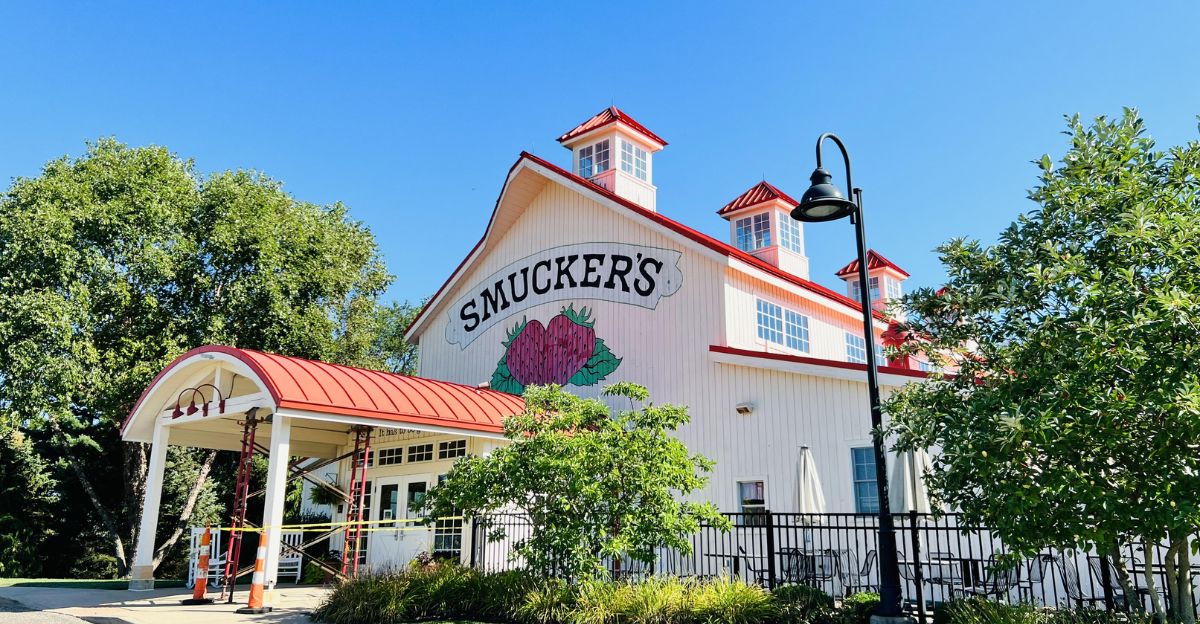
The economies of their home states are greatly impacted by iconic food brands through export value, tourism, and job creation. For example, Smucker’s in Ohio, which owns a number of household staples, supports manufacturing jobs and regional agricultural supply chains.
Heinz’s 2020 customer base of about 200 million Americans demonstrates its continued relevance, but Hershey’s and Mondelēz face volume declines linked to price increases and health trends. To maintain a competitive edge, strategic responses include premiumization, plant-based products, and the purchase of artisanal brands. Furthermore, these adjustments are a reflection of broader economic trends that have a direct impact on revenue streams and regional economic stability, such as evolving consumer ethics and sustainable supply chains.
Rethinking Food Brands’ Iconicity

It is important to examine the notion that famous food brands are inherently symbolic of a state’s identity. Many “state” brands are actually owned by multinational conglomerates or have their headquarters elsewhere, according to some critics, who contend that well-known brands more accurately represent corporate concentration than genuine local culture. For marketing convenience, perceived “local” brands might, for instance, have diluted origin stories or outsourced production, undermining true regional ties.
Smaller, genuinely local food businesses may be weakened by the homogenization promoted by national retail chains. In food branding, challenging the “iconic” label thus calls for a more nuanced understanding of authenticity versus commodification. The impact of brand mythology on public perception is called into question by this critique, which also raises moral concerns regarding economic equity and cultural ownership in marketplace representation.
Mashups and Surprising Inter-Industry Partnerships

Combining food brands with other industries like entertainment, fashion, or technology creates special marketing opportunities to maintain the relevance of iconic brands. In order to create localized experiences that appeal to both locals and visitors, fast-casual chains, for instance, use regional culinary icons, such as Colorado’s green chile in Smashburger’s menus. Limited-edition packaging featuring artists, augmented reality experiences showcasing culinary heritage, or alliances with regional craftspeople boosting product authenticity are a few examples of collaborations.
These mashups can counteract the commodification of commodity products by increasing brand awareness, drawing in younger consumers, and integrating culinary heritage into modern lifestyles. Additionally, these cross-industry synergies pave the way for innovative storytelling and experiential marketing, which expand consumer engagement beyond taste to include immersive cultural participation.
Severe Case Studies Showing National and International Reach
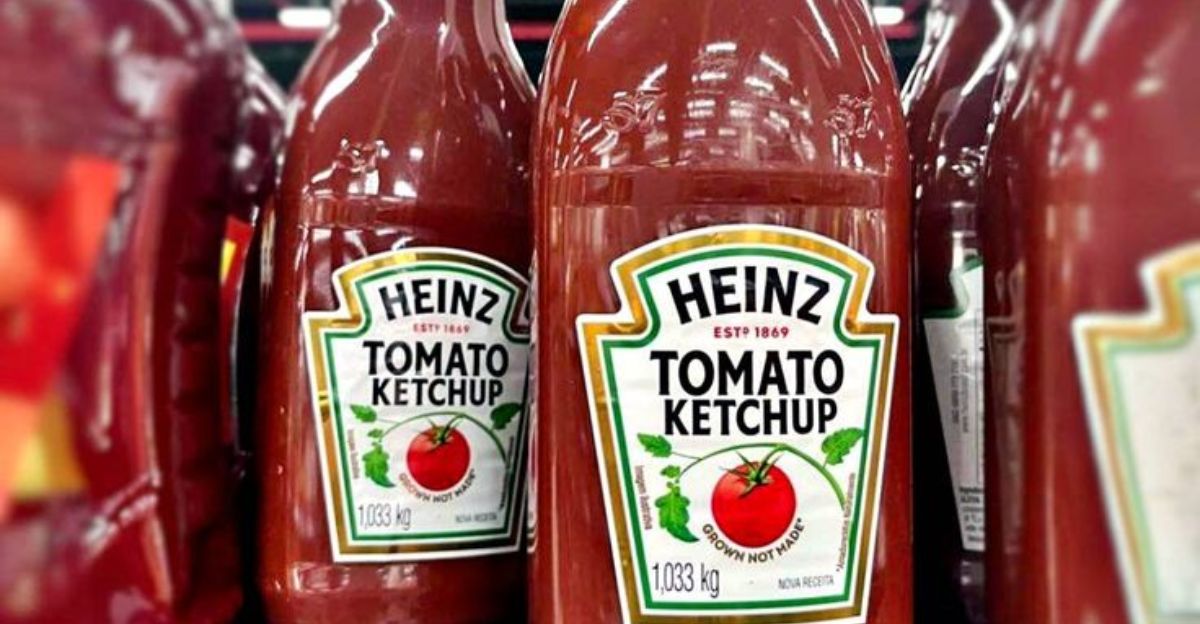
Some well-known American food brands have become international icons with intricate socioeconomic feedback loops that cut across state and national borders. An excellent example of an American cultural export is tabasco sauce, which has survived hurricanes on Avery Island and made an appearance in military rations and even space missions. In a similar vein, the widespread use of Heinz ketchup influences how other countries view American taste preferences.
The resilience of these brands in times of crisis implies that iconic cuisine can fulfill soft power roles by serving as a global symbol of American ingenuity and tenacity while reaping the rewards of diverse markets. These extreme case studies highlight how cultural projection and heritage preservation are the ultimate goals of iconic brand status.
The Reasons Behind Our Attraction to Iconic Brands

Strong emotional reactions based on trust, perceived authenticity, and nostalgia are evoked by iconic food brands. From a psychological perspective, consumers form lifelong brand loyalty by associating brands like Kellogg’s cereals or Smucker’s preserves with personal and familial memories. Because of the potential for this emotional attachment to override technical product attributes, brand heritage and storytelling play a crucial role in consumer decisions. In a market that is becoming more unpredictable, the sense of “localness” and tradition offers solace, particularly in light of trends that emphasize ethical sourcing and transparency.
As a result, these brands’ longevity is based on the deep psychological needs for food-based identity affirmation and connection. Knowing these drivers enables marketers to create stories that appeal to consumers’ innate needs for continuity, safety, and belonging.
Challenges in the 21st Century for Iconic Food Brands
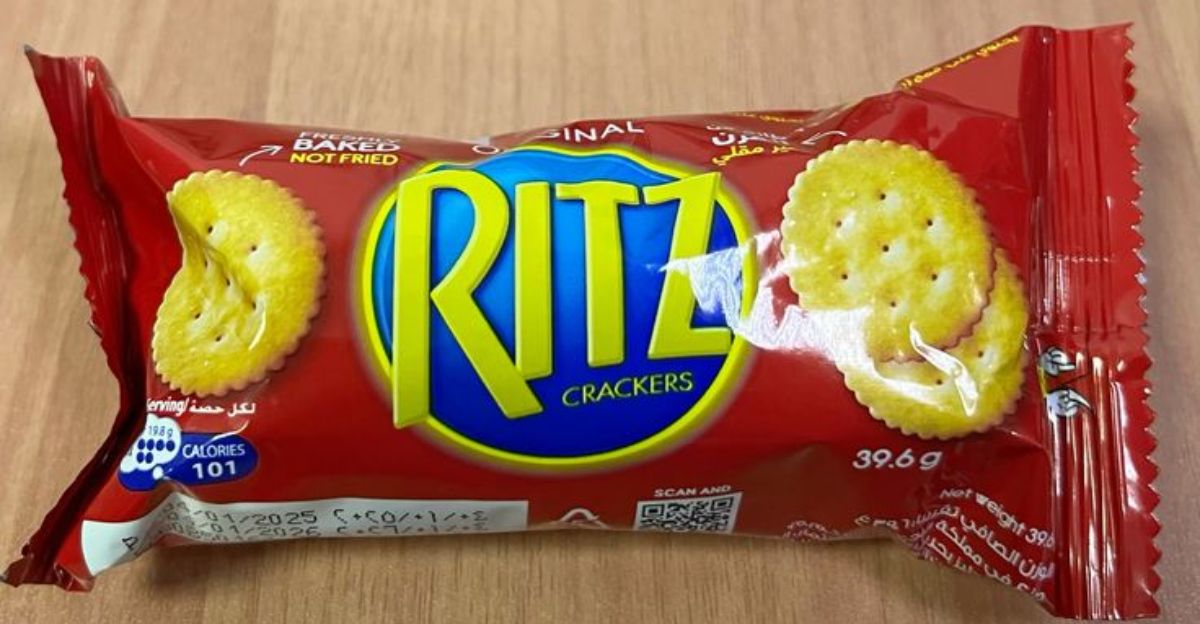
Despite their illustrious histories, well-known food brands face a variety of difficulties, such as shifting consumer preferences toward healthier options, pressure from inflation on prices, supply chain interruptions, and increased competition from niche, organic, or plant-based startups. For instance, consumers’ aversion to highly processed snacks like Ritz crackers and Oreos is contributing to volume declines for Mondelēz International. In a similar vein, Hershey’s faces challenges as premium chocolates increase their market share and prices, driving away consumers on a tight budget.
These pressures necessitate quick innovation, openness, and calculated changes to stay relevant without offending devoted clients. If adaptation is not made, the cultural and economic power that bestows “iconic” status could be diminished. Furthermore, pressure to reformulate products and improve sustainability is exacerbated by regulatory changes and environmental concerns, highlighting the difficulty of securing the future of legacy brands.
Rethinking Local Brand Structures: A Novel Approach to Iconicity
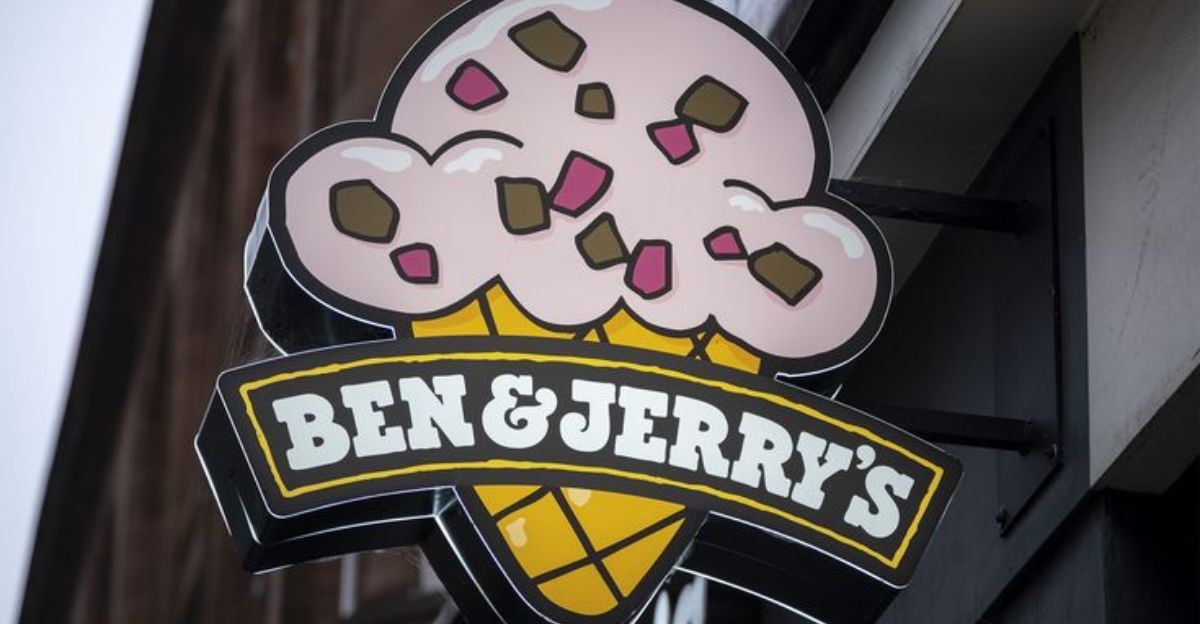
Three factors would be integrated into a new framework to evaluate the iconicity of food brands: adaptive innovation, cultural resonance, and historical embeddedness. In addition to respecting their roots, brands with high scores on these axes actively interact with current market conditions and societal ideals, guaranteeing longevity. Ben & Jerry’s, for example, is a prime example of this model due to its diverse product line, social activism, and historical roots.
These subtle aspects are overlooked by traditional metrics that are only concerned with sales or longevity. This model assists stakeholders in marketing, policy, and cultural preservation by forecasting which brands may continue to hold their iconic status or lose it. Using this framework promotes sustainable brand legacies by fostering holistic brand stewardship that recognizes both commercial success and sociocultural impact.
Identity Politics and Socioeconomic Ripple Effects in Food Branding
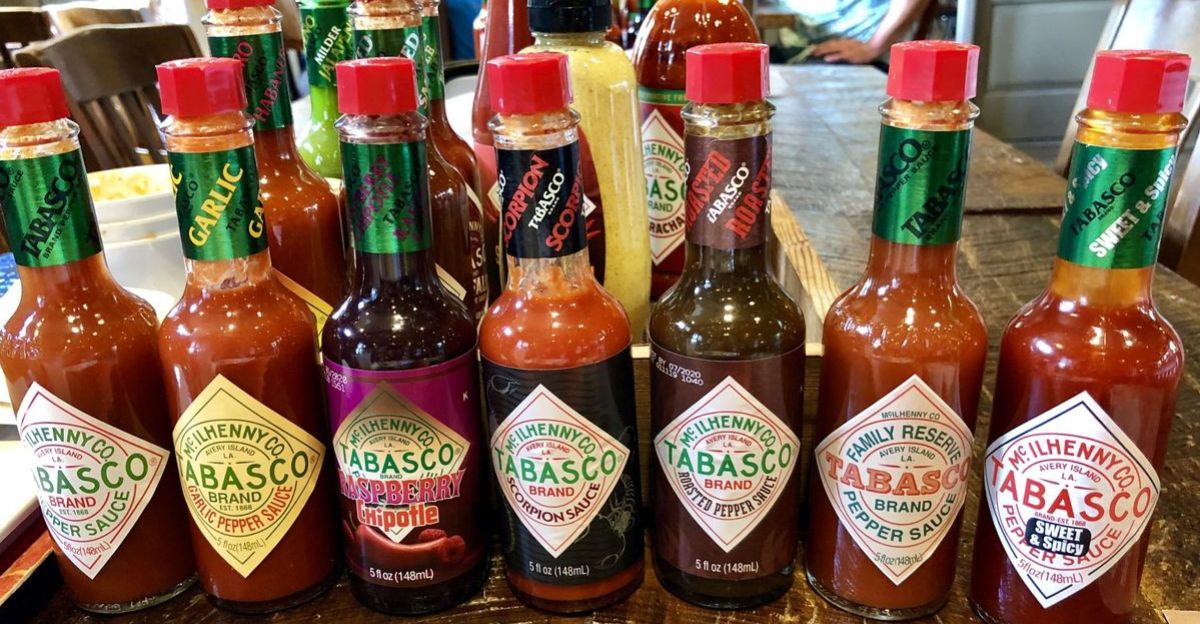
Food brands have the potential to serve as platforms for socioeconomic and identity politics. Debates concerning racial equity in food production and consumption, labor practices, environmental sustainability, and regional pride are frequently sparked by iconic brands associated with specific states. The survival of the family-owned Tabasco brand in the face of environmental hardship, for instance, is a prime example of resilience but also raises issues regarding agricultural labor and climate vulnerability.
Ben & Jerry’s social justice initiatives, meanwhile, question the social roles that corporations play. By making food products into sites of cultural contestation that reflect and influence larger social dynamics, these layers muddy branding narratives. In a divisive sociopolitical climate, these complexities underscore the growing consumer demand for ethical accountability and transparency from iconic brands.
Digital Media’s Impact on Today’s Brand Iconicity

Social media and digital platforms are now essential to the development and maintenance of well-known food brands. As demonstrated by TikTok trends honoring state specialties like Michigan’s pasty or Alabama’s white BBQ sauce, viral videos, influencer tastings, and user-generated content can quickly bring regional foods to a national level of popularity.
By giving local producers visibility and facilitating consumer connections without the use of traditional advertising, these digital narratives democratize brand storytelling. However, by increasing niche competitors or speeding up trend cycles, this can also upend established brands, requiring legacy brands to be flexible in order to interact authentically online. Digital media’s interactive qualities also encourage food-related communities that jointly develop brand meaning, strengthening customer-brand bonds beyond simple transactions.
Forecasting the Future Development of American Iconic Food Brands
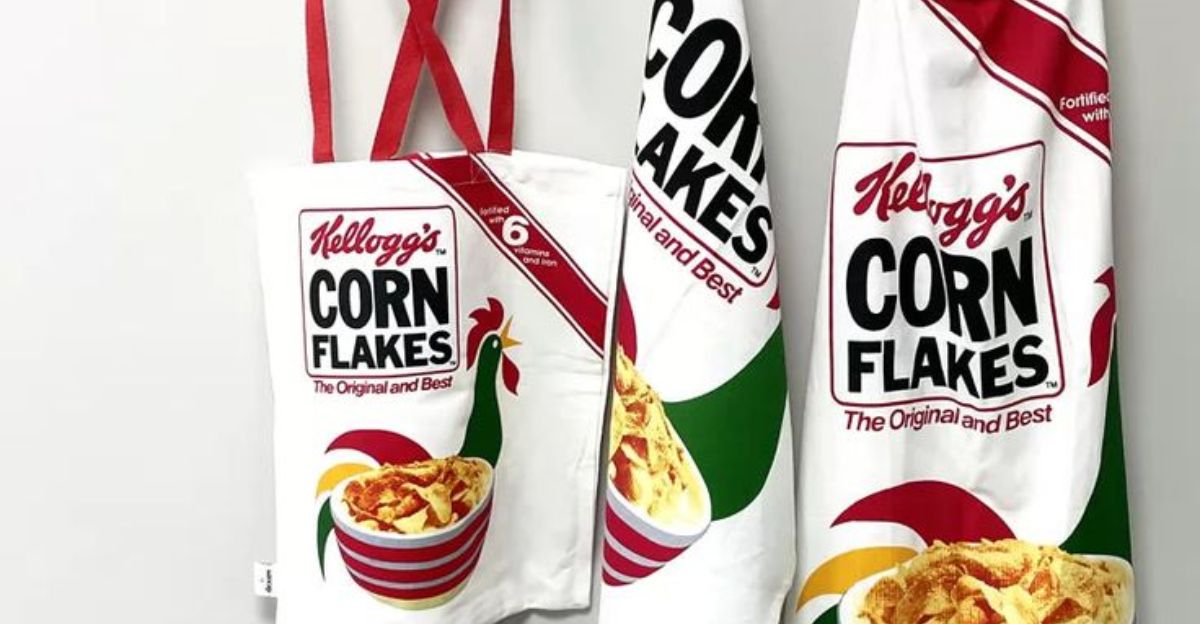
In the future, well-known American food brands will probably have to balance innovation and tradition in the face of changing consumer attitudes toward ethics, sustainability, and health. The most successful will be those that use storytelling that respects heritage and integrate local authenticity into adaptable product lines (e.g., adding plant-based options).
Cross-industry partnerships, sustainability initiatives, and tech collaborations (blockchain for supply transparency) will become commonplace. As a safeguard against the vulnerability of the global supply chain, the geopolitical and economic localization trends may even raise demand for regionally recognized brands. In the end, iconic brands that strike a balance between respect for the past and adaptability for the future will continue to be important cultural touchstones.
Famous Food Brands as Changing Economic and Cultural Icons
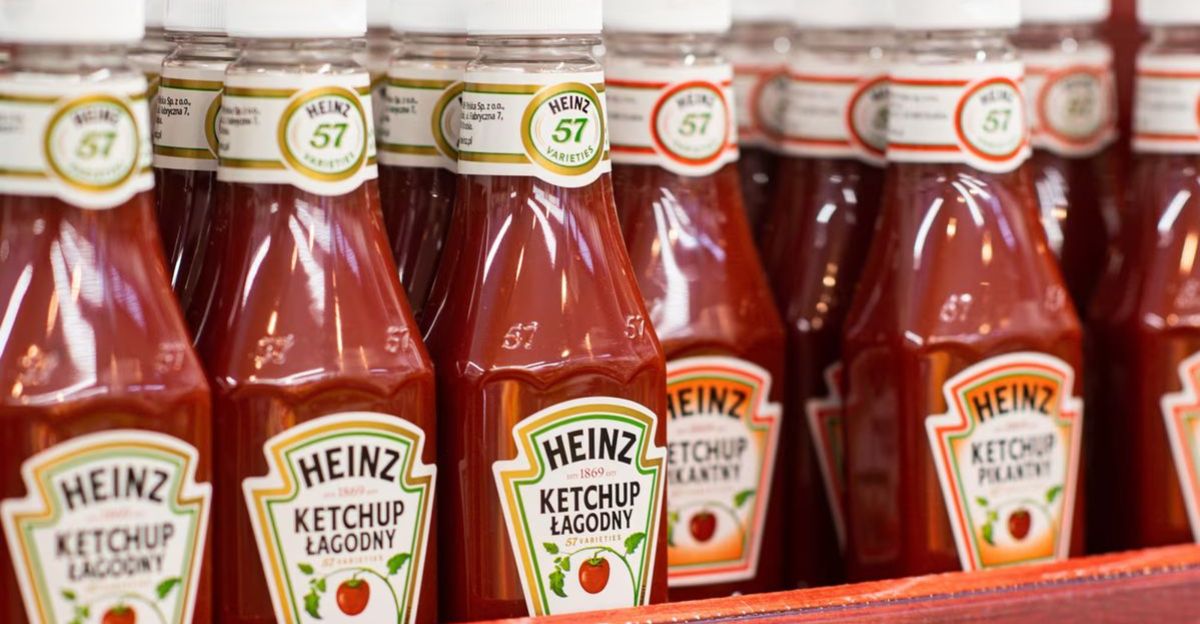
In addition to being dynamic symbols that transform history, identity, innovation, and social values into easily accessible cultural artifacts, iconic food brands from every state in the union go beyond simple commerce. Comprehending these brands demonstrates the multi-layered intricacy of consumer psychology, economic development, and regional pride. They are under tremendous pressure to change in response to global market forces and health trends, so they are far from being static relics.
Their adaptation and survival support national and international cultural discussions in addition to local economies. Understanding the multifaceted functions of these brands as social engagement catalysts, cultural storytellers, and economic engines is essential to understanding the depth of American food culture.
